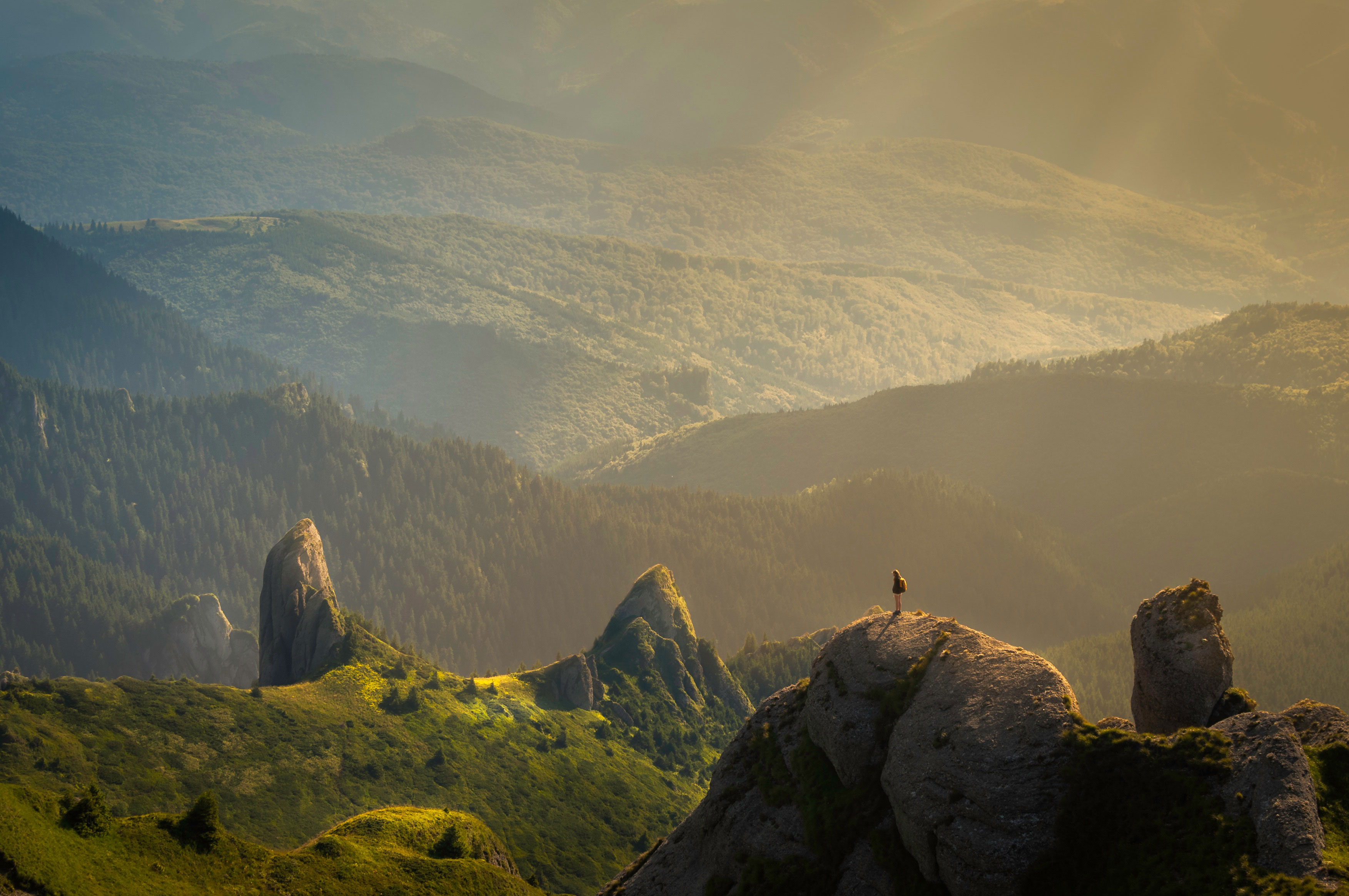Tourism in Romania is focused on the country’s natural landscapes and its history, and forms an important component of the economy of Romania. In 2014, Romania had 32,500 companies which were active in the hotel and restaurant industry, with a total turnover of EUR 2.6 billion.
Tourism in Romania
However, the number of tourists has decreased dramatically in recent years, in fact, in 2004 there were 5,9 millions of tourists. Only in 2012 the number of tourists has started to grow again.
The most visited cities are Bucharest, Brașov, Sibiu, Cluj-Napoca, Timișoara, Iași, and Constanța. The most significant natural attractions are the Danube, the Carpathian Mountains, and the Black Sea.
The Carpathian Mountains
The Carpathian Mountains or Carpathians are a mountain range system forming an arc roughly 1,500 km long across Central and Eastern Europe, making them the second-longest mountain range in Europe (after the Scandinavian Mountains, 1,700 km.
They provide the habitat for the largest European populations of brown bears, wolves, chamois and lynxes, with the highest concentration in Romania, as well as over one third of all European plant species. The Carpathians and their foothills also have many thermal and mineral waters, with Romania having one-third of the European total.
Romania is likewise home to the second largest surface of virgin forests in Europe after Russia, totaling 250,000 hectares (65%), most of them in the Carpathians, with the Southern Carpathians constituting Europe’s largest unfragmented forested area.
Sources:
by David Arenas
Lorem Ipsum is simply dummy text of the printing and typesetting industry. Lorem Ipsum has been the industry's standard dummy text ever since the 1500s, when an unknown printer took a galley of type and scrambled it to make a type specimen book.

